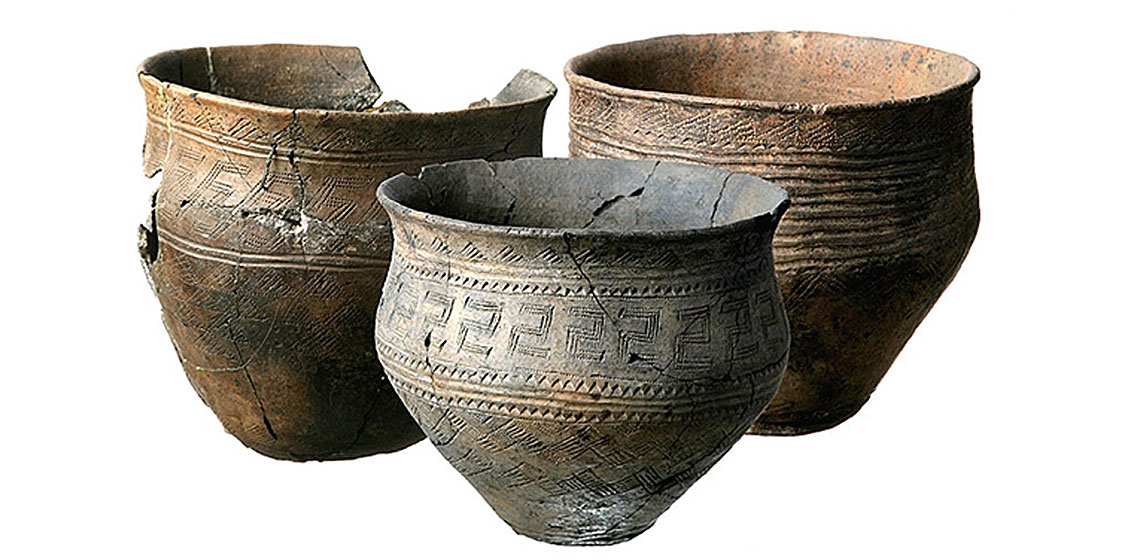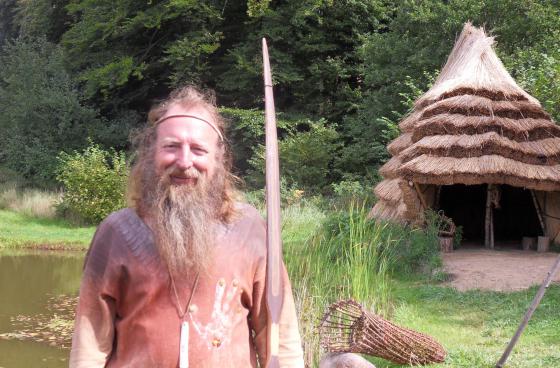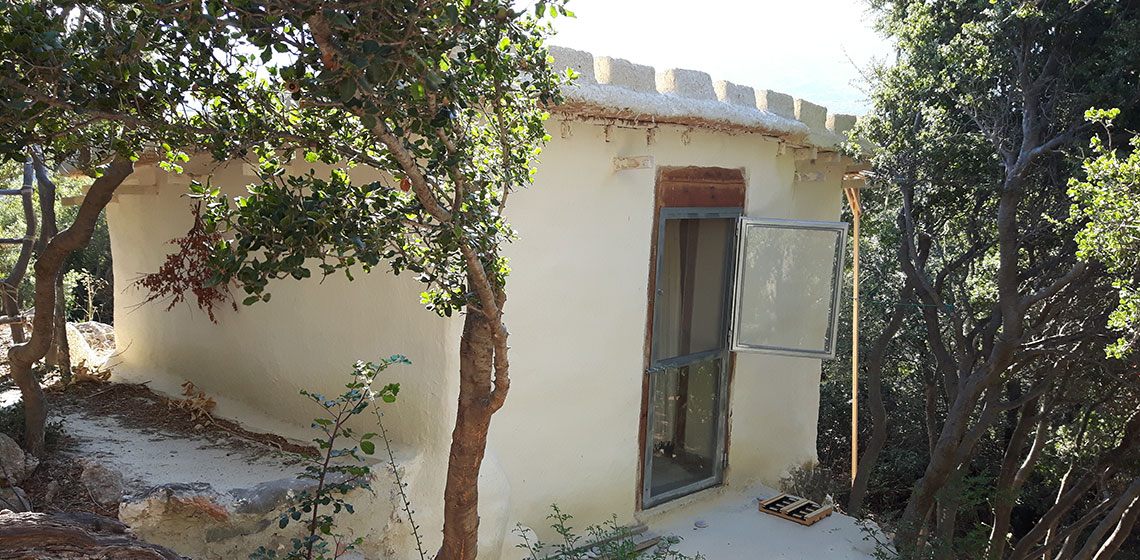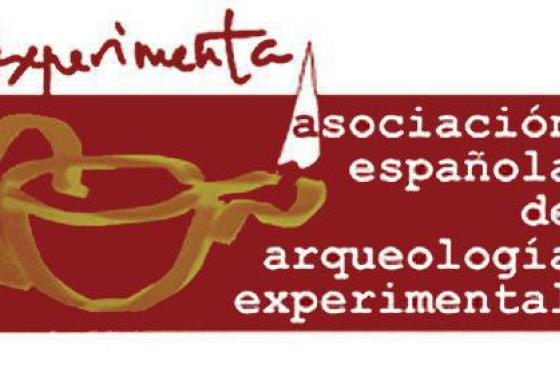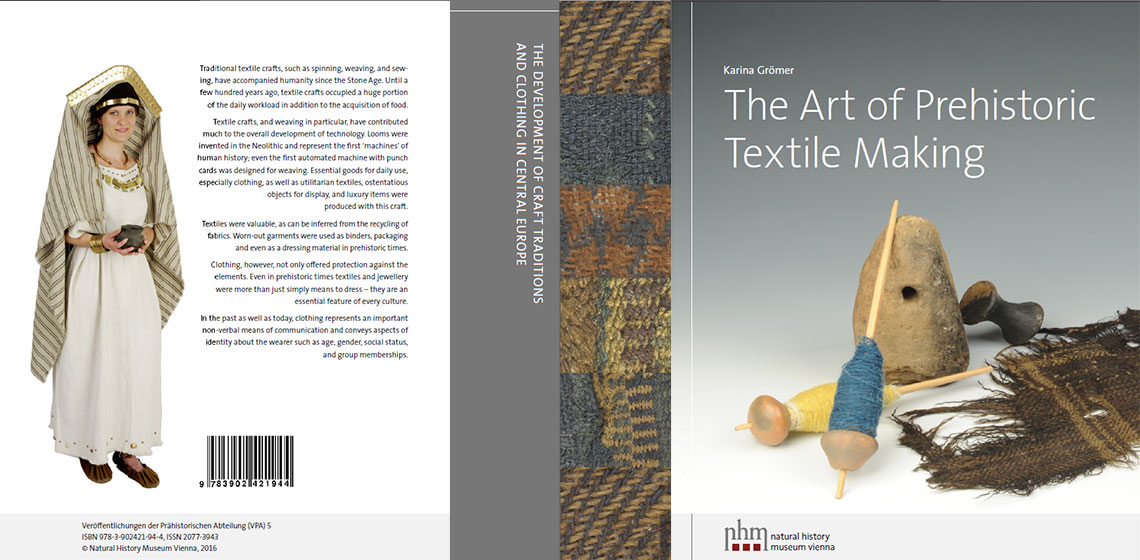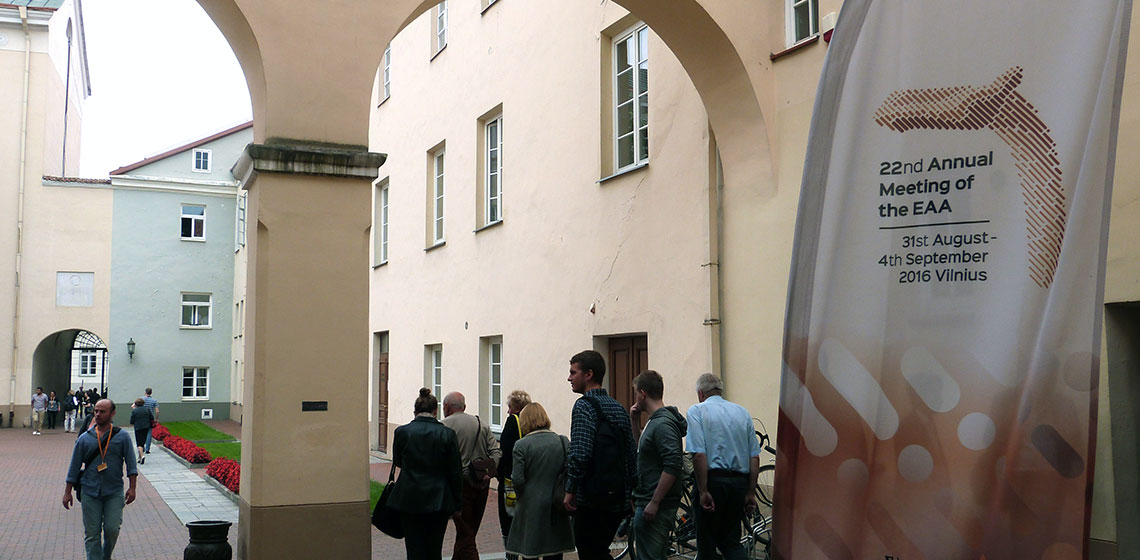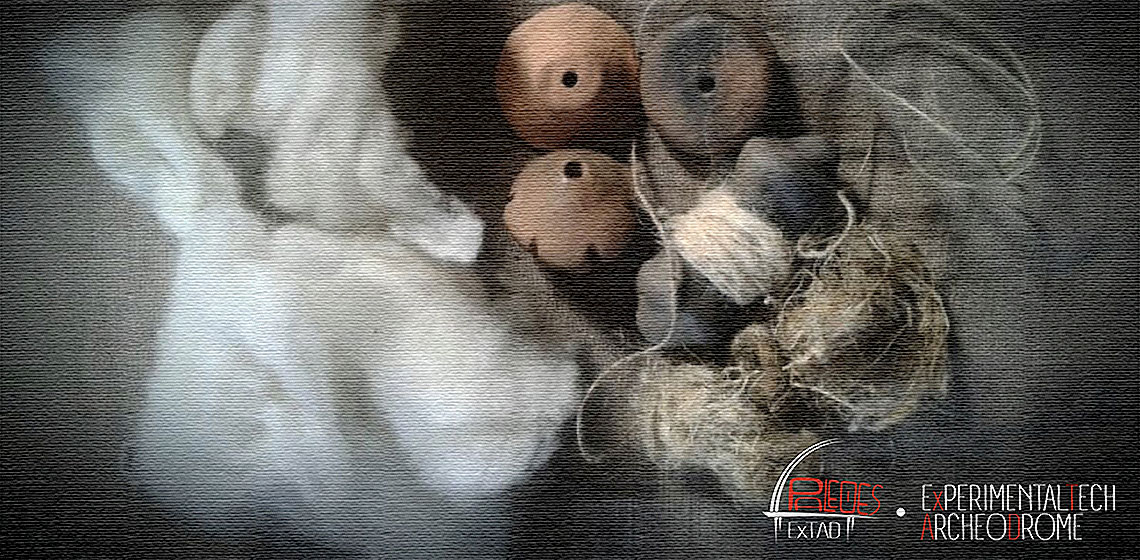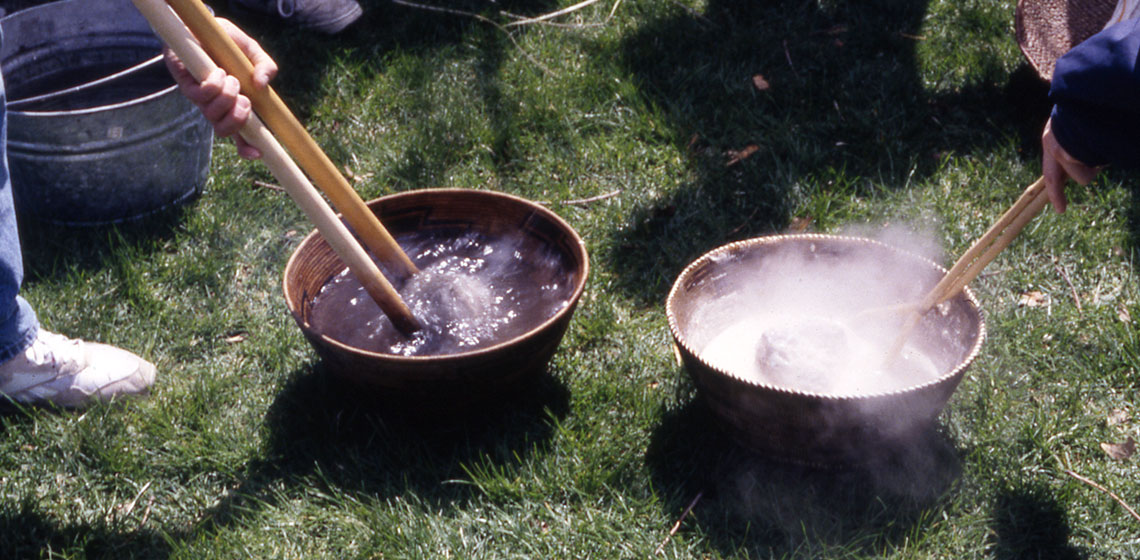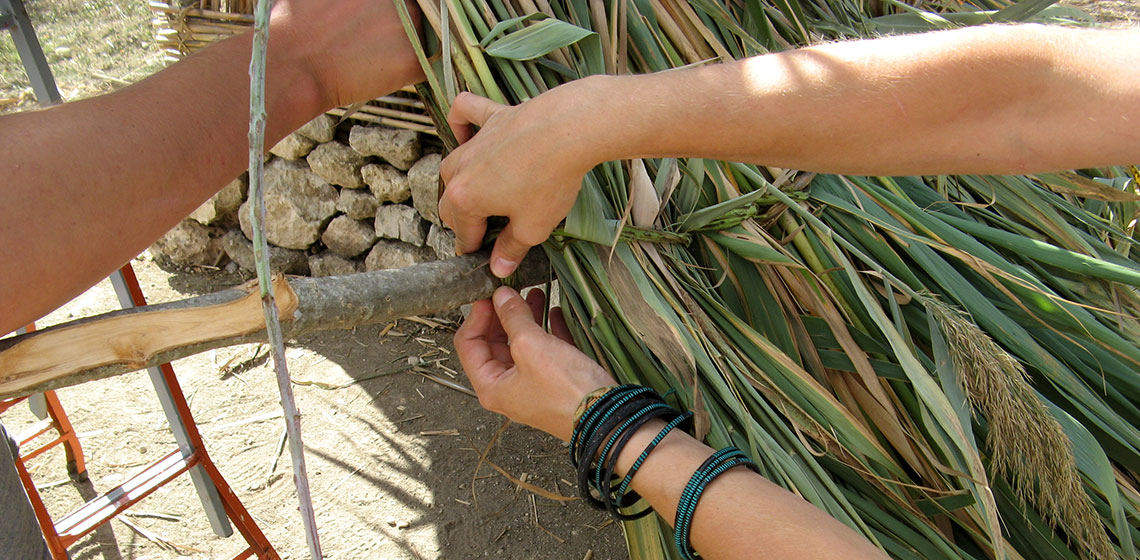Bronze Age
Reconstruction of the Geometric Décor Technology of the Bronze Age Ceramics in Siberia
Time Traveller's Tournament
Country
- Germany
Climb in your time machine, sharpen your eyes, turn your arm into steel, pack a bag of good mood and join us at the Steinzeitpark Dithmarschen in Albersdorf, Germany
As usual, animals and ferrytale creatures from the European forests await you as targets. Of course, also Wernes wild Wisent needs to be shot at!
A Minoan Experimental House – Paying Tribute to Middle Bronze Age Cretan Vernacular Architecture
V Congreso Internacional de Arqueologia Experimental
Country
- Spain
We are delighted to announce that the Institut Català de Paleocologia Humana i Evolució Social (IPHES), the Institut Català d’Arqueologia Clàssica (ICAC), the Institut Català de Recerca en Patrimoni Cultural (ICRPC) and the EXPERIMENTA Association will organize the V International Congress of Experimental Archaeology in Tarragona on 25, 26 and 27 October 2017.

